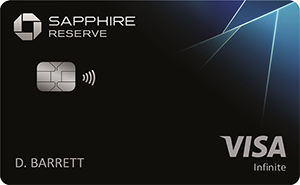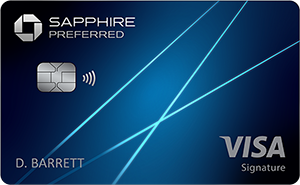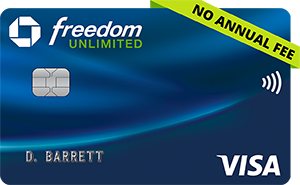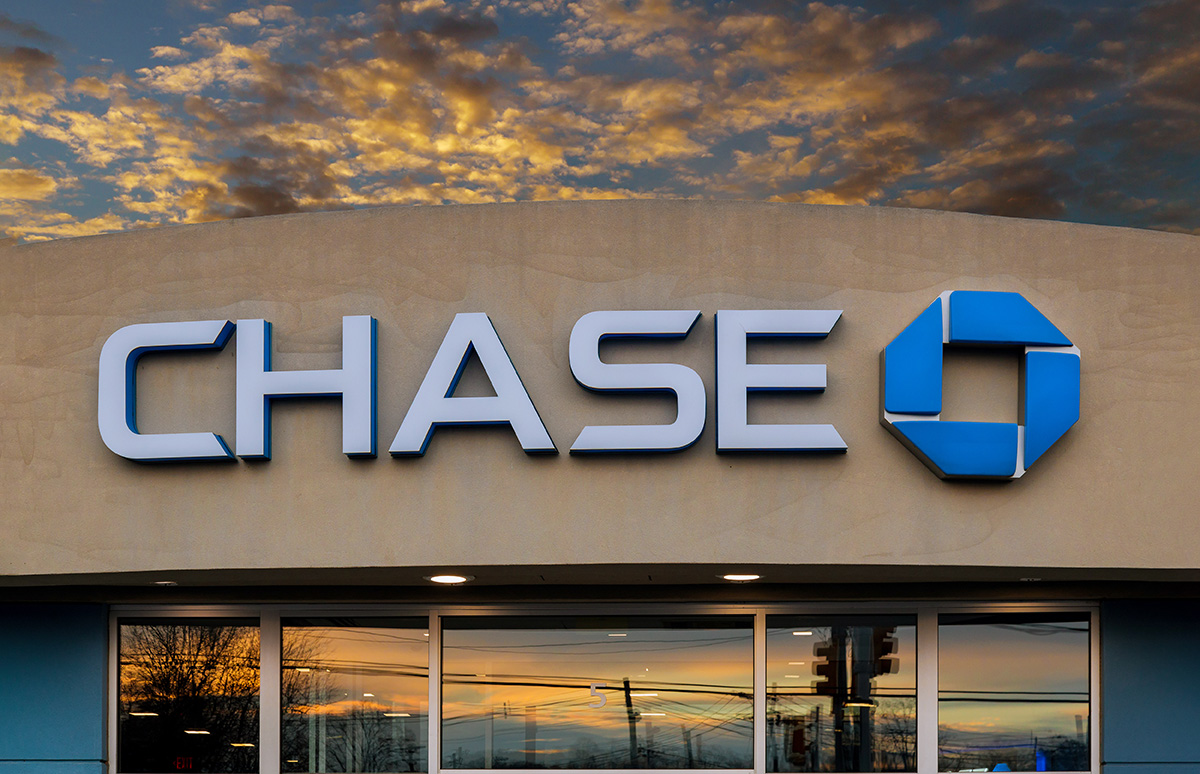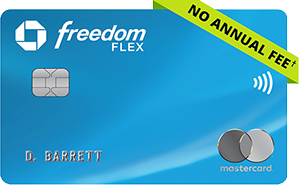Is the Amazon Prime Visa Worth It?
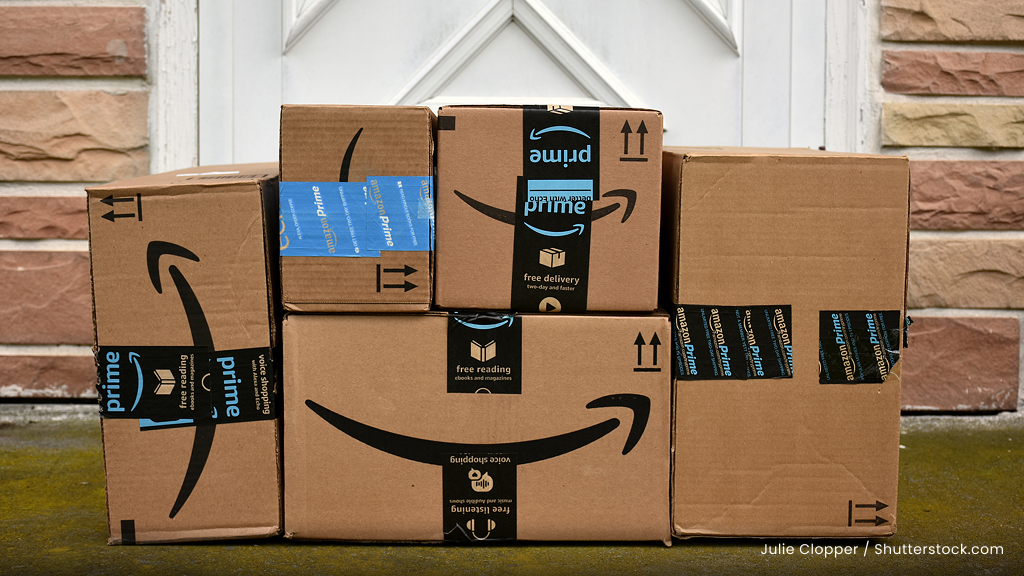
If you’re an Amazon shopper, you’ve probably seen a promotion for the Prime Visa pop up during checkout. The offer sounds strong: You’ll earn 5% cash back at Amazon, Whole Foods and Chase Travel℠ (with an eligible Prime membership), pay no annual fee, and enjoy several appealing Visa Signature® perks along the way.
Yet before you apply for any new rewards credit card, it’s important to evaluate whether the offer is really worthwhile. The answer to that question depends largely on your shopping habits. The Amazon Prime Visa delivers top-tier value for frequent Amazon or Whole Foods shoppers who already pay for a Prime membership. Everyone else, however, will likely find better value with a general rewards or flat-rate cash-back credit card.
Here’s what you should know before you decide whether to apply.

400+ Credit Cards
Analyzed independently across 50+ data points in 30+ product categories

Reviewed
By a team of credit card experts with an average of 9+ years of experience

Trusted by
More than one million monthly readers seeking unbiased credit card guidance
CardCritics™ editorial team is dedicated to providing unbiased credit card reviews, advice and comprehensive comparisons. Our team of credit card experts uses rigorous data-driven methodologies to evaluate every card feature, fee structure and rewards program. In most instances, our experts are longtime members or holders of the very programs and cards they review, so they have firsthand experience maximizing them. We maintain complete editorial independence — our ratings and recommendations are never influenced by advertiser relationships or affiliate partnerships. You can learn more about our editorial standards, transparent review process and how we make money to understand how we help you make informed financial decisions.
Quick Verdict
The Amazon Prime Visa works well for shoppers who already pay for Prime and spend money with Amazon or Whole Foods regularly. The unlimited 5% cash back on those purchases offers strong returns, especially for families or anyone who shops online for everyday essentials.
Yet if you rarely shop with Amazon or you prefer more flexible rewards, you’ll probably find more value from a card that earns more consistent rewards across multiple spending categories. Non-Prime members earn just 3% cash back at Amazon, Whole Foods and Chase Travel. So, much of the card’s value disappears.
Amazon Prime Visa: At a Glance
- Annual fee: $0
- Welcome offer: Limited-Time Offer: Get a $250 Amazon Gift Card instantly upon approval exclusively for Prime members
- Rewards structure: Earn unlimited 5% back at Amazon.com, Amazon Fresh, Whole Foods Market and on Chase Travel purchases with an eligible Prime membership Prime Card Bonus: Earn 10% back or more on a rotating selection of items and categories on Amazon.com with an eligible Prime membership Earn unlimited 2% back at gas stations, restaurants, and on local transit and commuting (including rideshare) Earn unlimited 1% back on all other purchases
- Statement credits and perks: Travel insurance, extended warranty and purchase protection
- Estimated value: With no annual fee, the value you receive depends on how many purchases you make using the card per year
Who Should Consider the Amazon Prime Visa?
The Amazon Prime Visa appeals most to shoppers who already pay for Prime and use Amazon or Whole Foods for regular everyday purchases. With 5% cash back on eligible transactions, the card can deliver standout value for the right cardholders.
1. Loyal Amazon Shoppers
If you order from Amazon several times per month, this card could be a good fit for your shopping routine. The 5% back on all Amazon.com purchases (with Prime membership) can add up fast, especially if you buy household staples, gifts or technology throughout the year. Spend $5,000 annually at Amazon and you’ll earn $250 cash back — a nice return on purchases you already planned to make.
2. Whole Foods Fans
Prime members who shop at Whole Foods also enjoy 5% cash back on purchases. If you prefer organic groceries and produce, that rate could help offset the store’s higher prices. For faithful Whole Foods customers, those rewards could add up to hundreds of dollars per year.
3. Frequent Travelers
Although the Prime Visa isn’t a premium travel rewards credit card, it still offers a few decent travel benefits (especially for a no-annual-fee card). First, cardholders can earn 5% cash back on all eligible Chase Travel purchases. Additionally, there are no foreign transaction fees if you use the card for purchases when traveling outside of the US.
And the card also comes with Visa Signature travel protections like auto rental coverage, travel accident insurance, lost luggage reimbursement and baggage delay insurance.
Who Should Skip the Amazon Prime Visa?
Like any rewards card, the Prime Visa doesn’t make sense for everyone. If you don’t shop on Amazon frequently, you’re not a Prime member or you prefer more flexible rewards, you can find stronger options elsewhere.
1. Shoppers Without Prime
You can apply for the card without Prime, but your rewards rate drops from 5% to 3% at Amazon, Whole Foods and Chase Travel. That lower rate significantly limits your earning potential.
2. Occasional Amazon or Whole Foods Customers
If you only order from Amazon or shop at Whole Foods every once in a while, you might not earn enough rewards to justify using the card over a general cash-back credit card option. Flat-rate 2% cash-back credit cards like the Wells Fargo Active Cash® Card and Citi Double Cash® Card, an advertising partner, can deliver solid overall average returns with simplicity, convenience and no hoops to jump through for the cardholder.
3. Cardholders Who Want Transferable Rewards
If you prefer transferable or travel-focused rewards, you’ll likely feel restricted by the Amazon Prime Visa’s redemption options. Although you can use your points for eligible Amazon.com purchases, cash, gift cards and some travel redemptions (through Chase Travel), the card doesn’t feature travel partners like other travel rewards credit cards to help maximize rewards.
How to Maximize the Amazon Prime Visa’s Value
To unlock the full potential of the Amazon Prime Visa, it’s typically a good idea to make the card your go-to payment method for Amazon and Whole Foods purchases. Depending on the other rewards cards you carry, you may want to consider using it for Chase Travel purchases as well (though some other Chase credit cards feature comparable rewards rates for those transactions).
Setting your Prime Visa as the default card in your Amazon account can ensure you never miss out on potential rewards. From there, it’s often best to redeem those rewards as statement credits or direct deposits to keep their value flexible.
Because the Prime Visa only earns 1% on non-bonus category purchases, pairing it with other rewards cards can help you maximize earnings further. Also, keep an eye out for limited-time promotions that offer higher rewards rates on select Amazon purchases (sometimes available during special events like Prime Day). These promos can help you boost your yearly rewards earnings.
Final Verdict on the Amazon Prime Visa
The Amazon Prime Visa ranks among the best no-annual-fee cards for frequent Amazon and Whole Foods shoppers. The 5% cash back rate on eligible purchases, combined with standout Visa Signature benefits, gives the card noteworthy appeal for anyone who already pays for Prime.
Still, the value of the card drops significantly for casual Amazon users or shoppers who prefer flexible rewards. Without a Prime membership or frequent Amazon spending, you’ll likely earn more overall with a general cash-back or travel rewards card.
If Amazon or Whole Foods makes up a decent percentage of your monthly spending, the card could be worth making space for in your wallet. But if your purchases are spread out among multiple retailers, a card that rewards broader spending probably makes more sense.
The information related to the Prime Visa was collected by CardCritics™ and has not been reviewed or provided by the issuer of this product/card. Product details may vary. Please see issuer website for current information. CardCritics™ does not receive a commission for this product.
Frequently Asked Questions About the Amazon Prime Visa
Is the Amazon Prime Visa worth it without a Prime membership?
No, without Prime, you’ll only earn 3% back at Amazon, Whole Foods and Chase Travel. This lower rewards rate reduces the main advantage of the Prime Visa.
Does the Amazon Prime Visa have an annual fee?
The Prime Visa has no annual fee. But to earn the elevated rewards rate on Amazon, Whole Foods and Chase Travel purchases, you must keep an active Prime membership, which costs $139 per year.
What credit score do you need for the Amazon Prime Visa?
You generally need good to excellent credit (a FICO score of 670 or higher) to be eligible to apply for the Amazon Prime Visa. A score in this range isn’t a guarantee of approval, as Chase will consider other factors, including your overall financial profile, when deciding on your application.
Can you use the Amazon Prime Visa internationally?
The Prime Visa doesn’t charge foreign transaction fees and works anywhere Visa is accepted, making it a good card for international travel.
How can you redeem Amazon Prime Visa rewards?
You can redeem Prime Visa rewards as statement credits, direct deposits, at Amazon checkout or toward Chase Travel bookings. Redeeming for statement credits or direct deposits usually provides the most flexibility.



